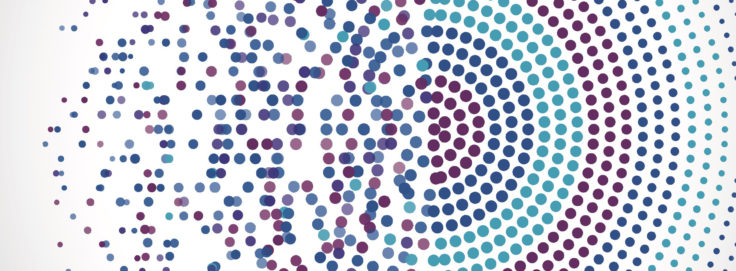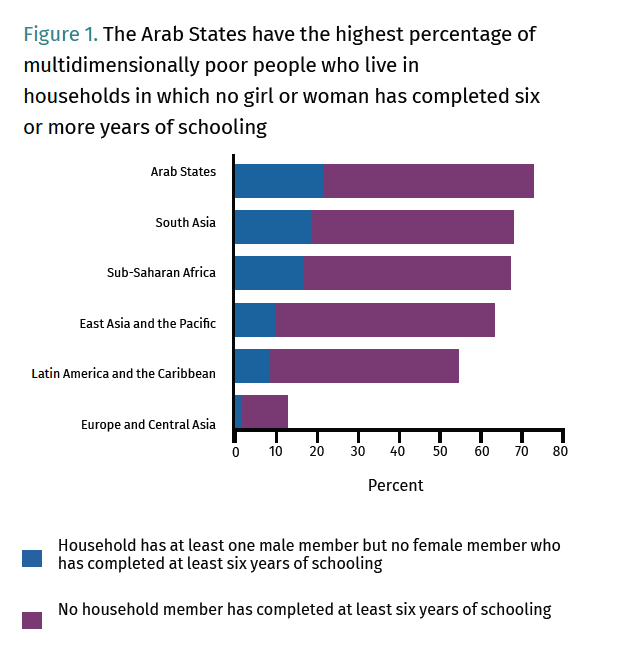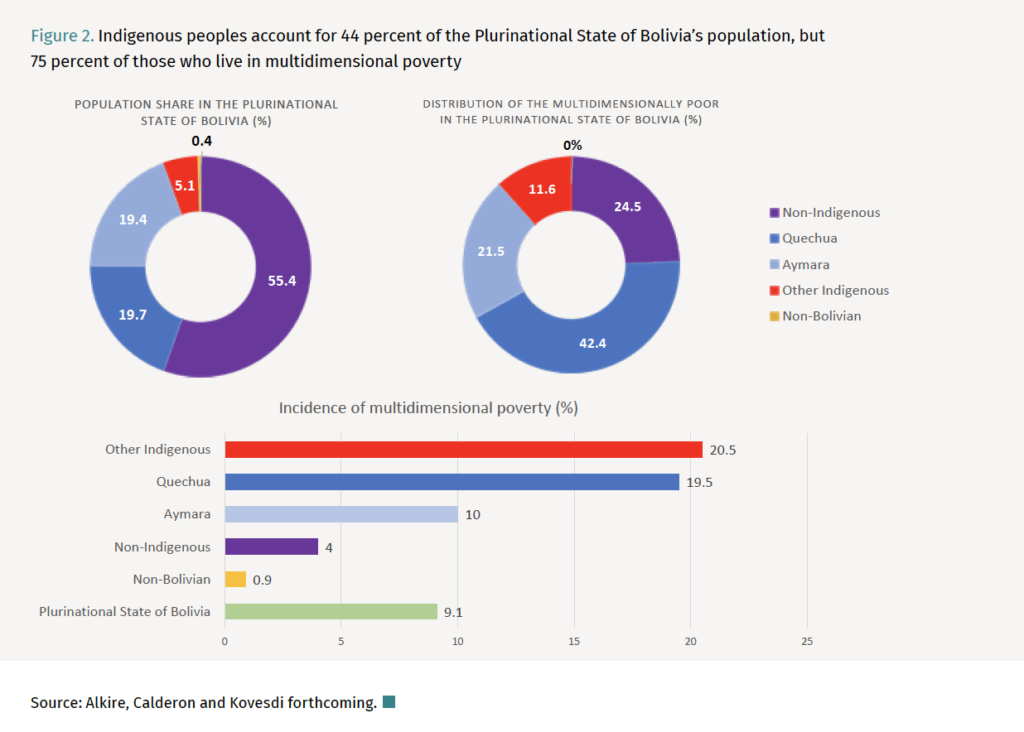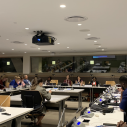
Search
Leaving no one behind: a case for disaggregating by gender, ethnicity, race and caste in the global Multidimensional Poverty Index

In 2015, the Sustainable Development Goals were established with the central theme of Leaving No One Behind. Since its inception in 2010, the global Multidimensional Poverty Index (global MPI), produced together with the Human Development Report Office of the United Nations Development Programme, has always monitored various dimensions in which the poor experience deprivations. It leaves no one behind by illuminating how people experience poverty.
The report Global Multidimensional Poverty Index 2021: Unmasking disparities by ethnicity, caste and gender covers 109 countries and 5.9 billion people, of which 1.3 billion are multidimensionally poor. The report has the largest scale of data for multidimensional poverty that is disaggregated by gender, ethnicity, race, and caste. Gender data for 109 countries, ethnicity data for 40 countries, and caste data for India are included in the analysis. Disaggregation across gender, ethnic, racial, and caste groups offer insights to understanding who is multidimensionally poor and what kind of deprivations they face. Often, women, people from lower castes and ethnic groups with marginalised identities face discrimination which contributes to their experience of poverty. By unmasking disparities by gender, ethnicity, race and caste, the 2021 global MPI provides a foundation of evidence to inform policies aiming to leave no one behind.
The 2021 global MPI includes disaggregation from 108 countries on the gender of the household head. Additionally, intrahousehold data on educational attainment reveals absolute deprivations that multidimensionally poor women and girls face. Two thirds of the multidimensionally poor – 836 million people – live in households without an educated woman or girl who has completed at least six years of schooling. Of these households, approximately 16 million multidimensionally poor people live in households without a woman or a girl. However, 622 million live in households where no one – regardless of their gender – has completed at least six years of schooling. This means that about half of MPI poor people who do live with a woman or a girl, are in households that are educationally deprived in years of schooling. Gender disparities in education amongst the multidimensionally poor remain stark. About 1 in 6 multidimensionally poor people – 215 million – live in households where a man or boy has at least six years of schooling, but no woman or girl in their household does.
Moreover, since the COVID-19 pandemic, the reduction in formal education activities has been higher for countries with high MPI values. While data revealing the full impact of the COVID-19 pandemic are not yet available, there are clear implications for education, social protection and employment. Households with high-MPI values were less likely to have emergency social protection.
The 2021 global MPI includes disaggregation from 108 countries on the gender of the household head.
Leaving no one behind extends to addressing poverty and inequality along ethnic, racial and caste lines. This year’s report includes ethnicity, race, or caste data from 41 countries. 690 million people or 28.2% of those living in the 41 countries are multidimensionally poor. The differences in multidimensional poverty between the poorest and least poor ethnic groups in the same countries reflect wide disparities. Cuba, Kazakhstan and Trinidad and Tobago have less than 1% difference, whereas in Nigeria and Gabon the difference in MPI between the most and least poor groups is more than 70%. Stark differences in MPI along ethnic lines imply inequitable access to basic services needed to avert poverty for different ethnic groups.
Although the MPI value of some ethnic groups is similar, the composition of poverty may vary. For instance, in Gambia the two poorest ethnic groups the Wollof and the Sarahule have an MPI of 0.297 and 0.296 respectively. The incidence of poverty for the Sarahule is 60% and 53.9% for the Wollof, while the intensity of the Wollof is 55.2% compared to 49.4% for the Sarahule. Some ethnic and caste groups are overrepresented within the multidimensionally poor. For example, in the Plurinational State of Bolivia, 44% of the population is indigenous, however 75% of the multidimensionally poor are indigenous. Furthermore, in India, 9.4% of the population is from the Scheduled Tribe, the poorest caste in the country. However, 65 million out of 129 million multidimensionally poor people are from the Scheduled Tribe.
Despite setbacks, there have been notable reductions in multidimensional poverty up until COVID-19. Eighty countries covering 5 billion people had data on multidimensional poverty over three-time intervals. 70 countries reduced multidimensional poverty in at least one period. Notably, in some cases, the poorest subnational regions saw the fastest reduction in MPI, such as the North Central region of Liberia (2013– 2019/2020) or Province 2 of Nepal (2016–2019).
Disparities go beyond gender and ethnicity, and also include age. For instance, out of the 1.3 billion people identified as multidimensionally poor, 644 million are below the age of 18. This means that approximately half of all multidimensionally poor people are children. To fulfil the policy priorities of Agenda 2030 it is imperative that no one is left behind due to their age, gender, race, caste or ethnicity in the fight against poverty. This is more important than ever with the challenge of COVID-19. Policy priorities should include, but are not limited, to:
» Expanding educational access
» Reducing gender disparities by prioritising the inclusion of girls
» Addressing child poverty
» Increasing policies targeting indigenous and other marginalised ethnic groups and caste groups
» Including disaggregation by gender, ethnicity, race and caste in Voluntary National Reviews reported at the UN’s High Level Political Forum on Sustainable Development.
This article was published in Dimensions 13


















